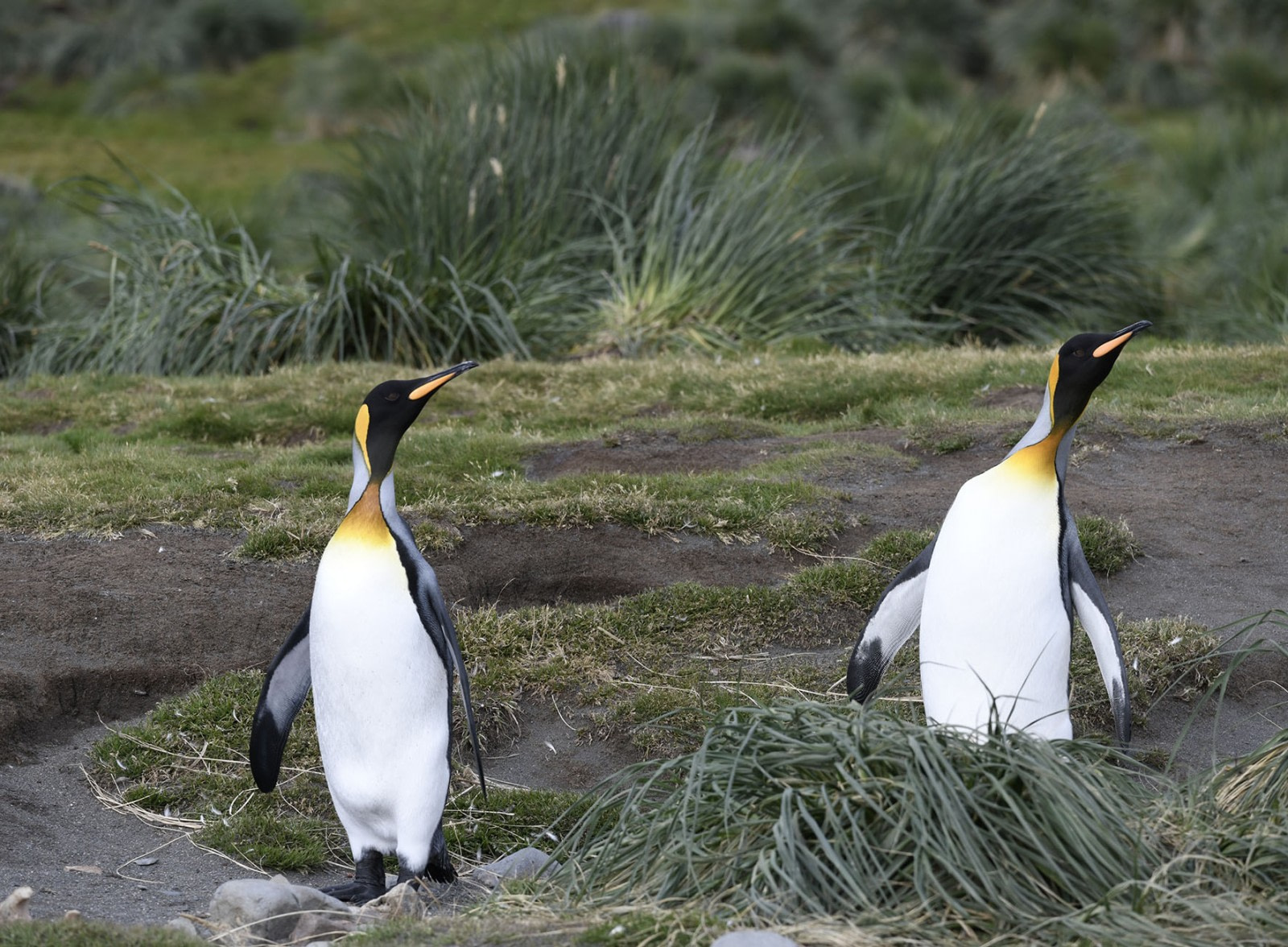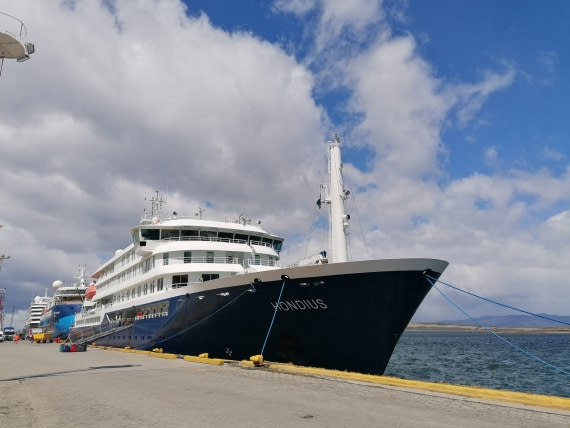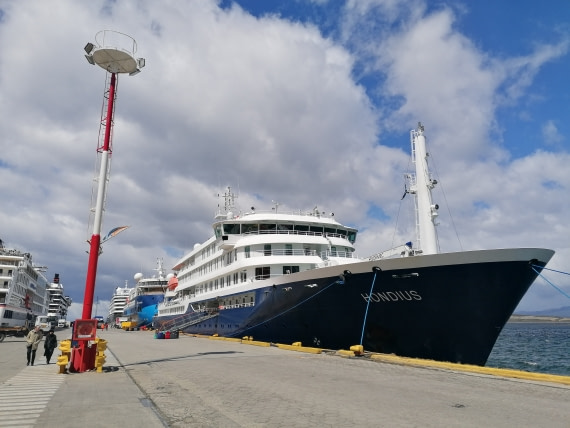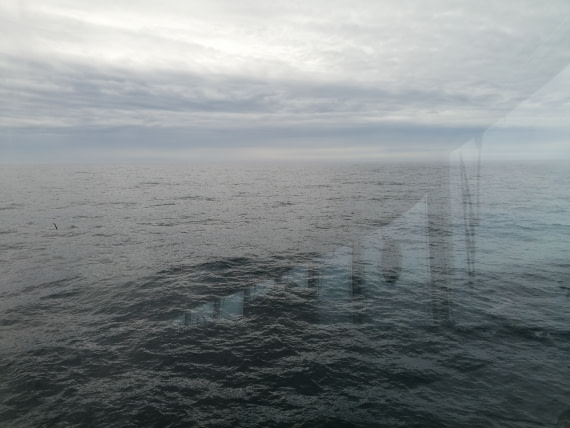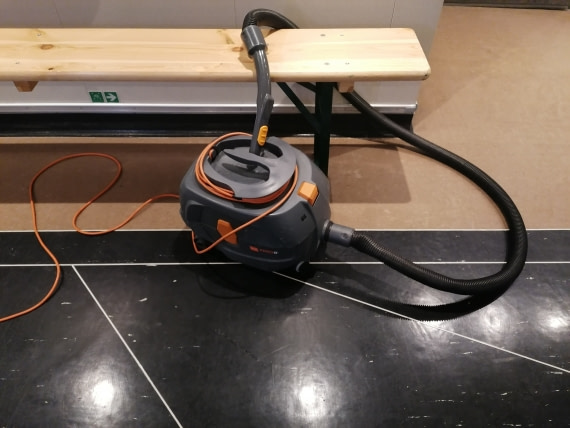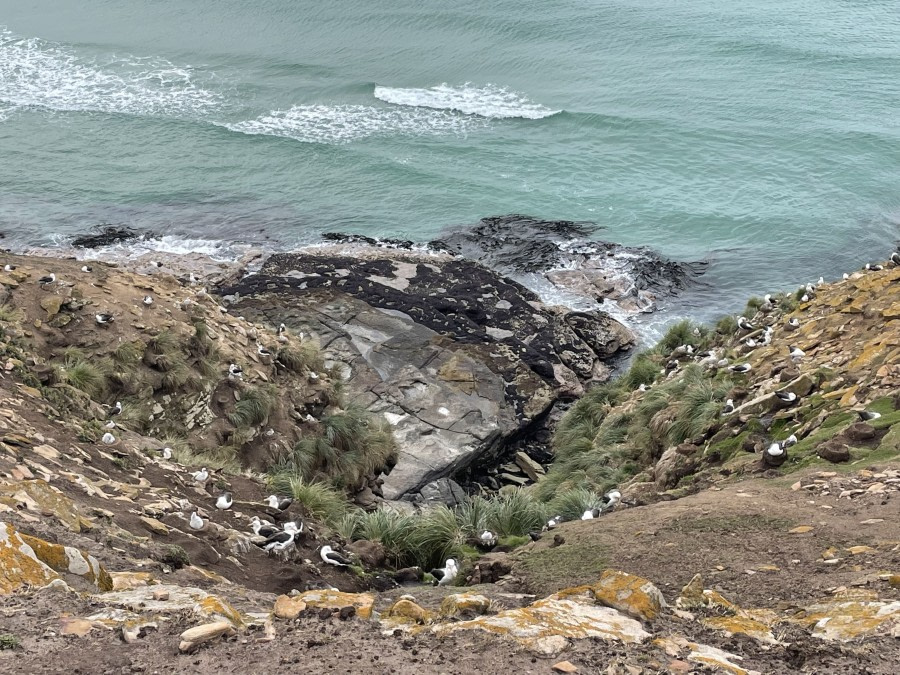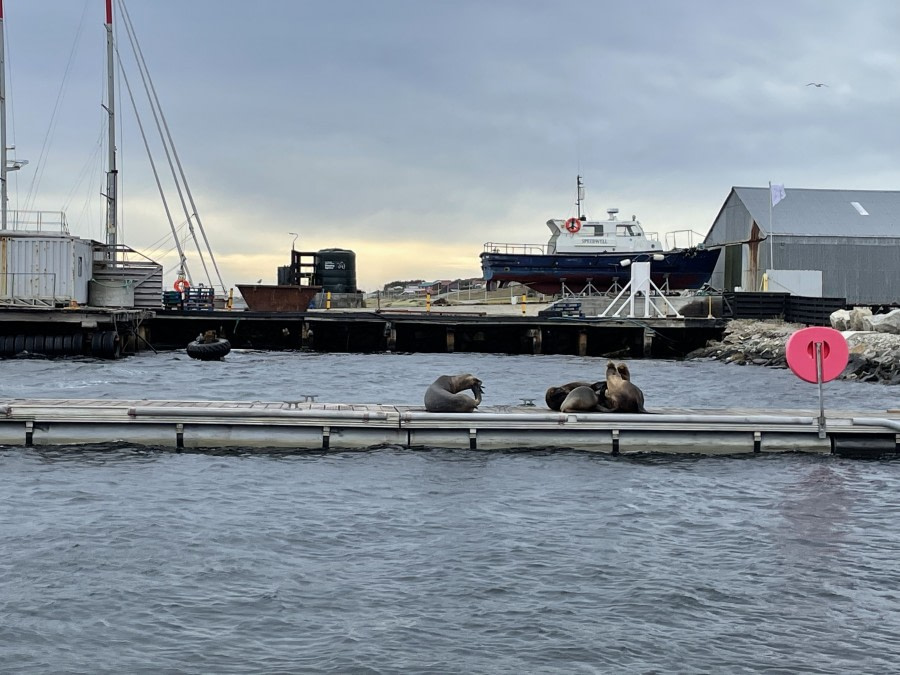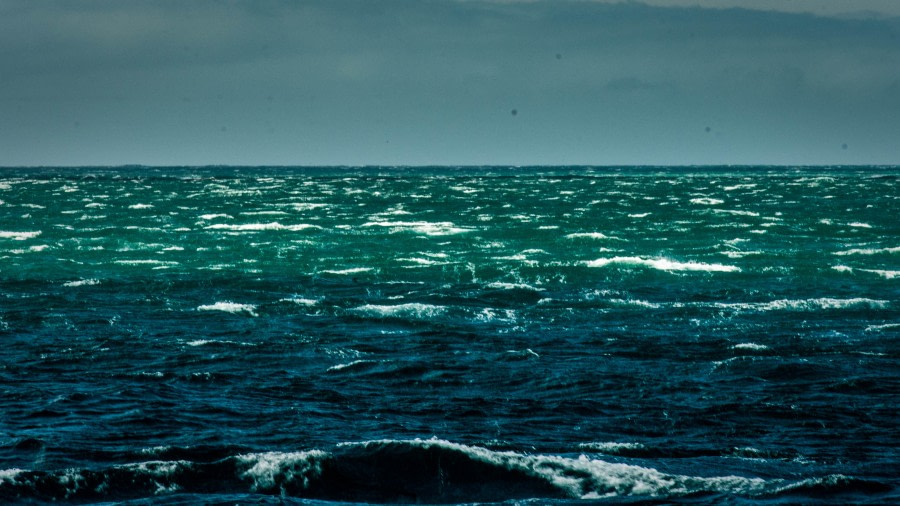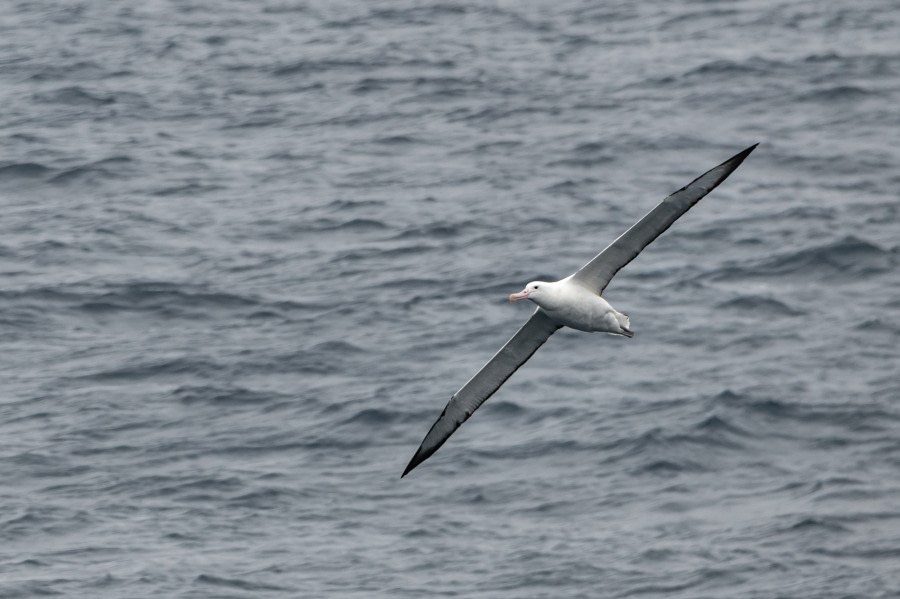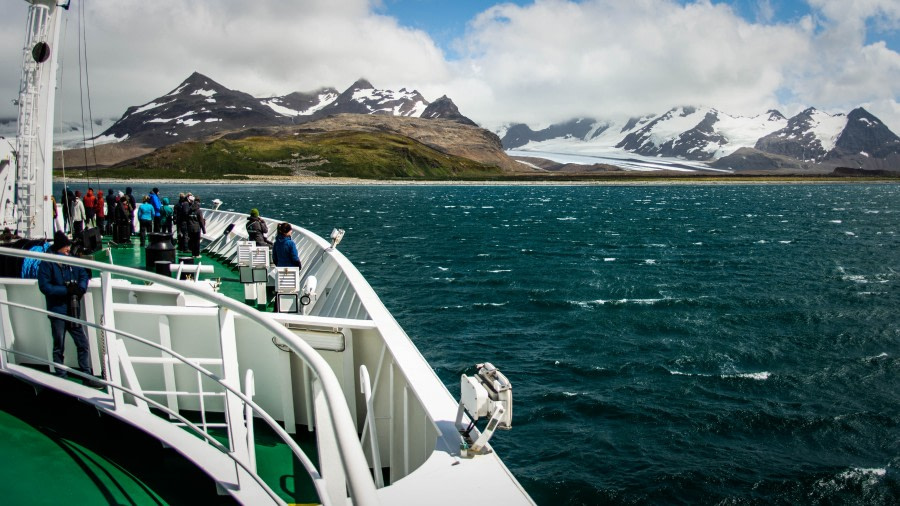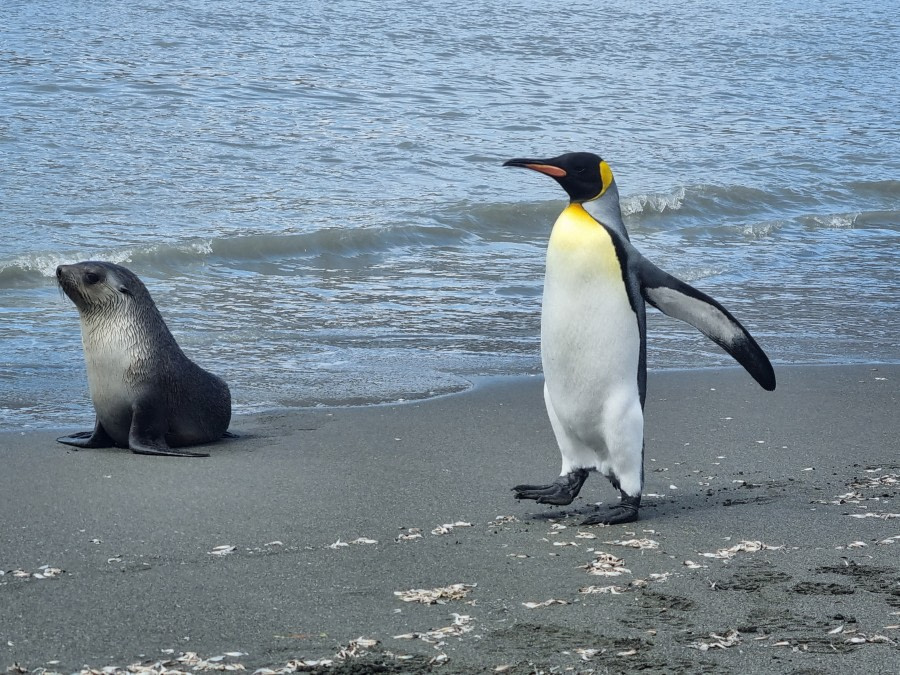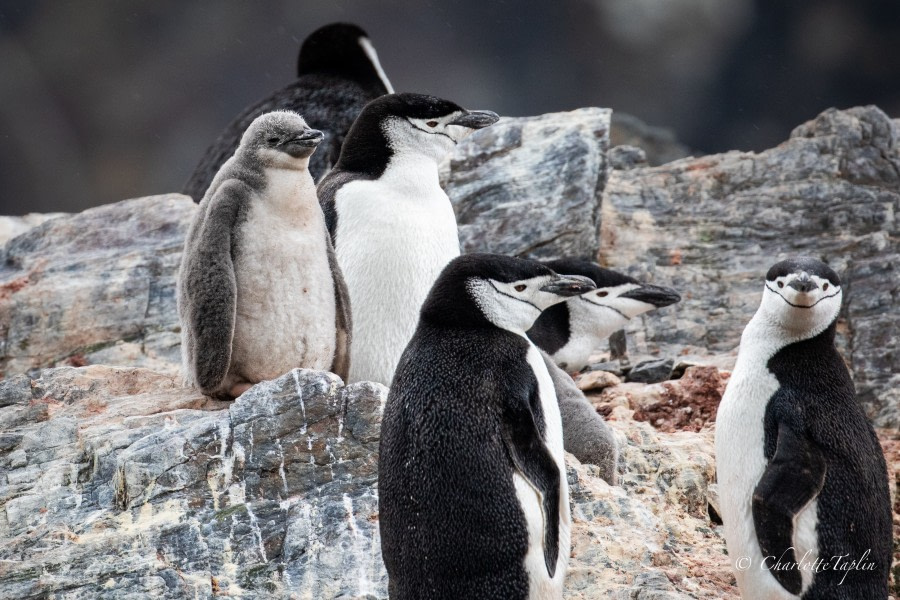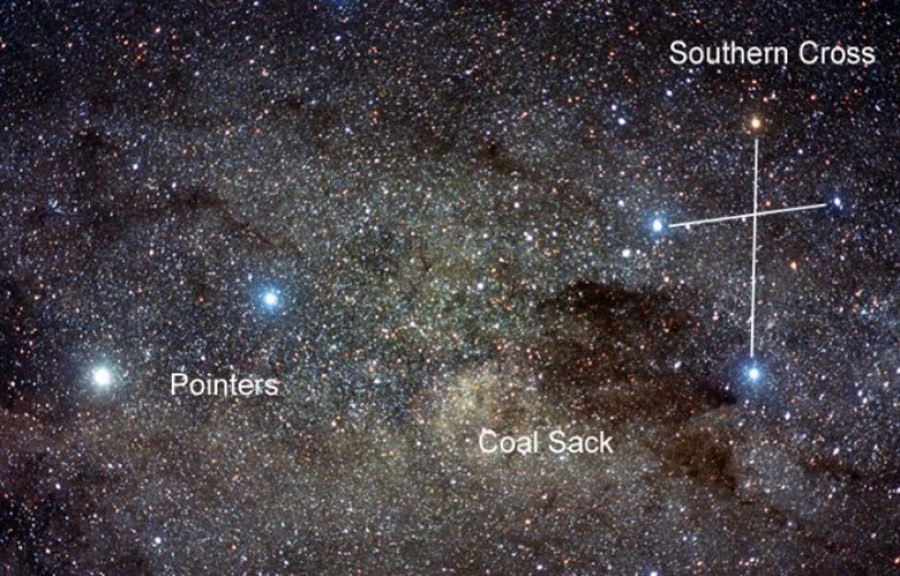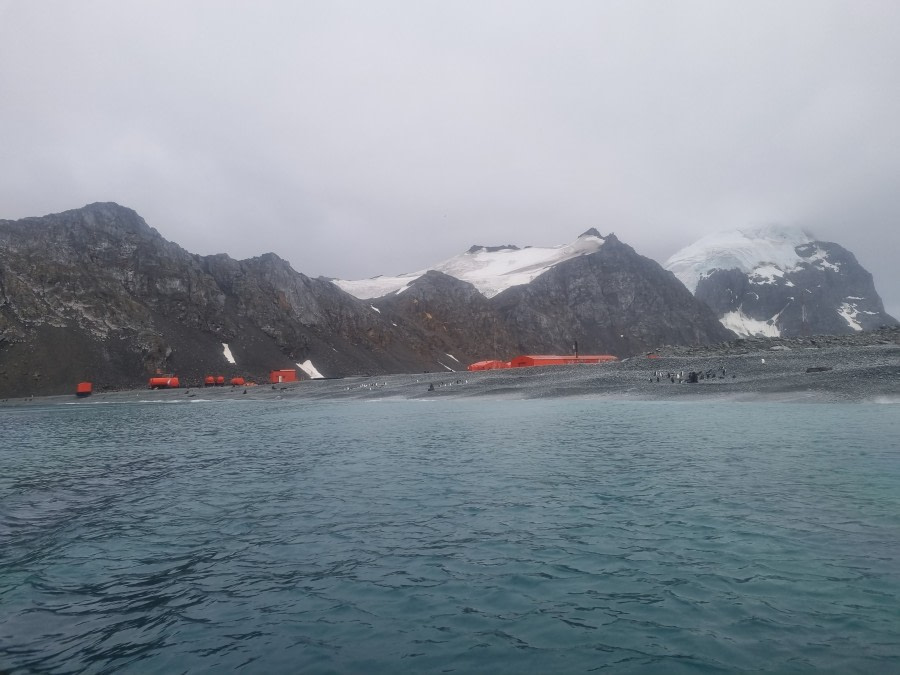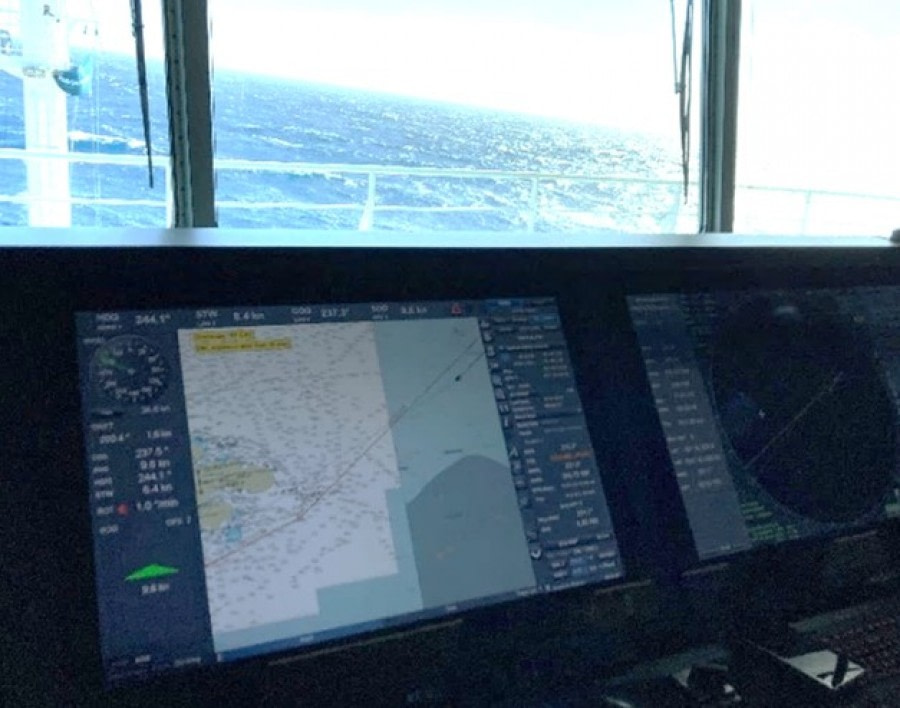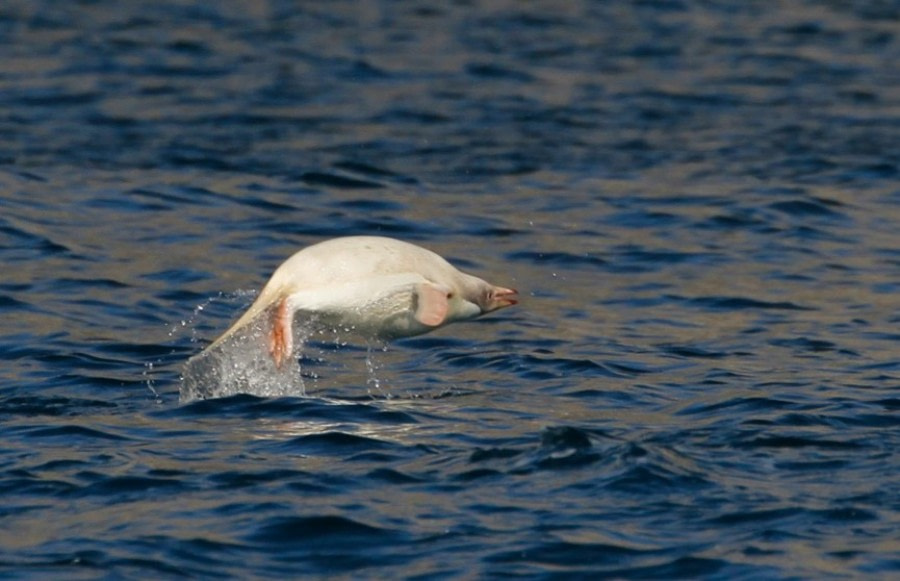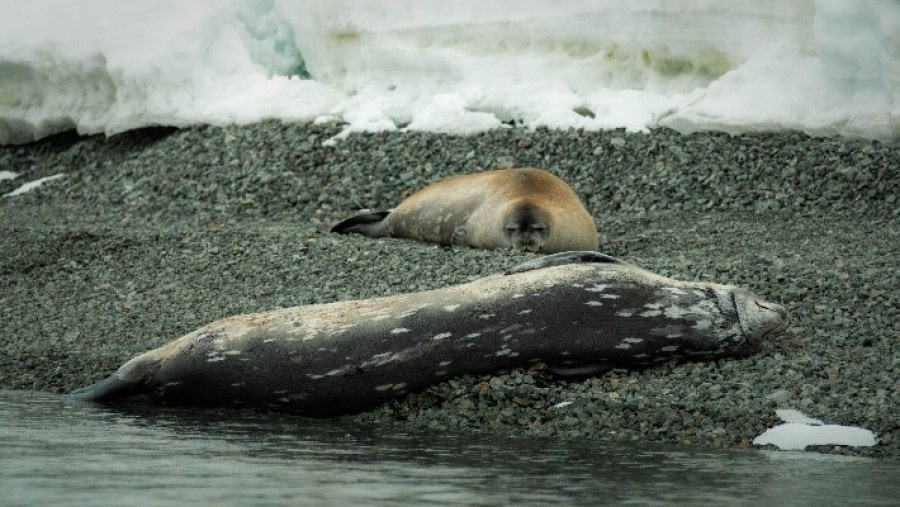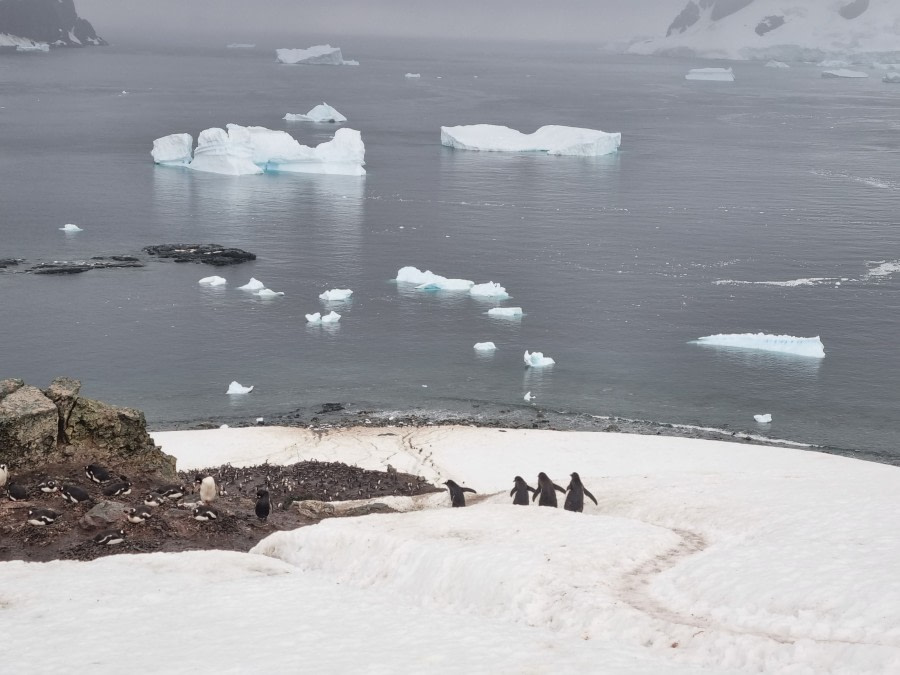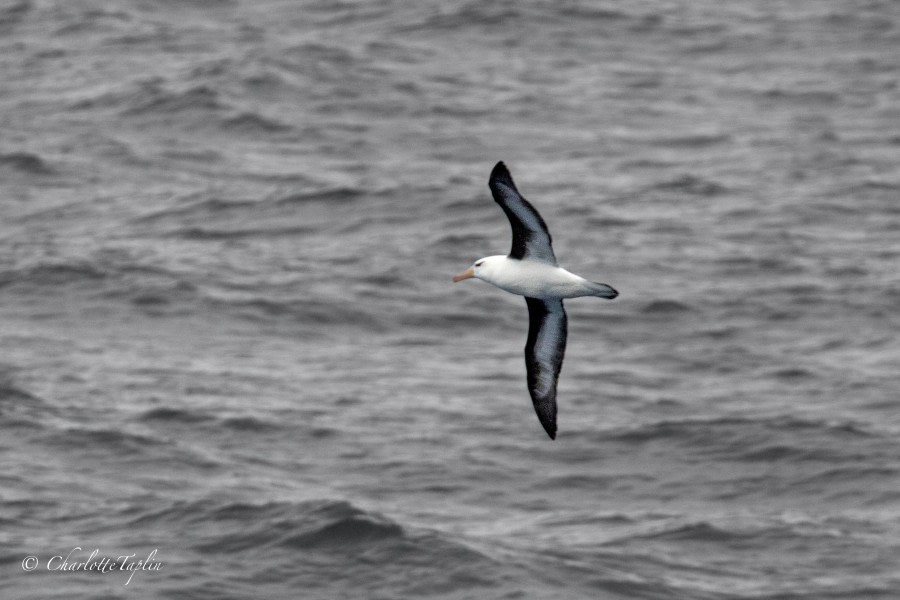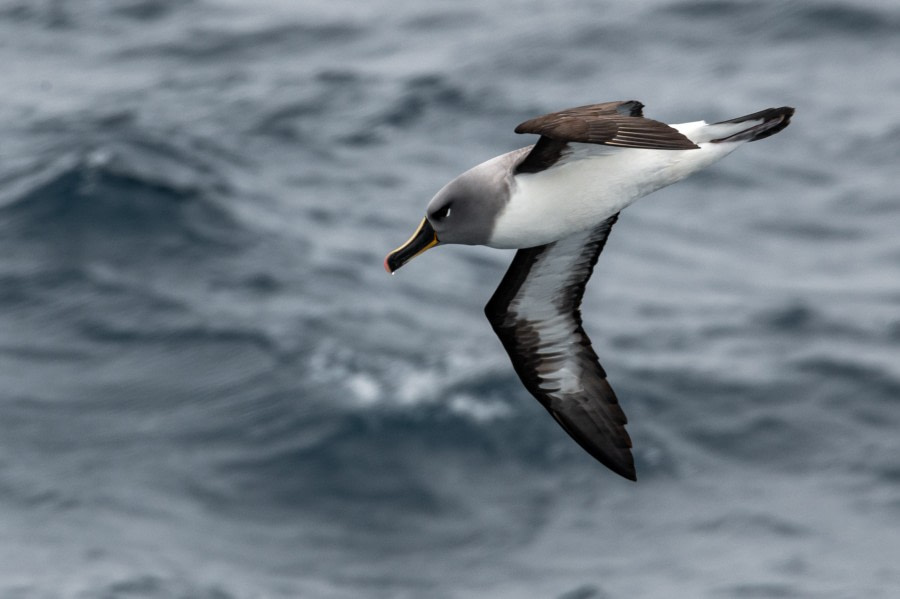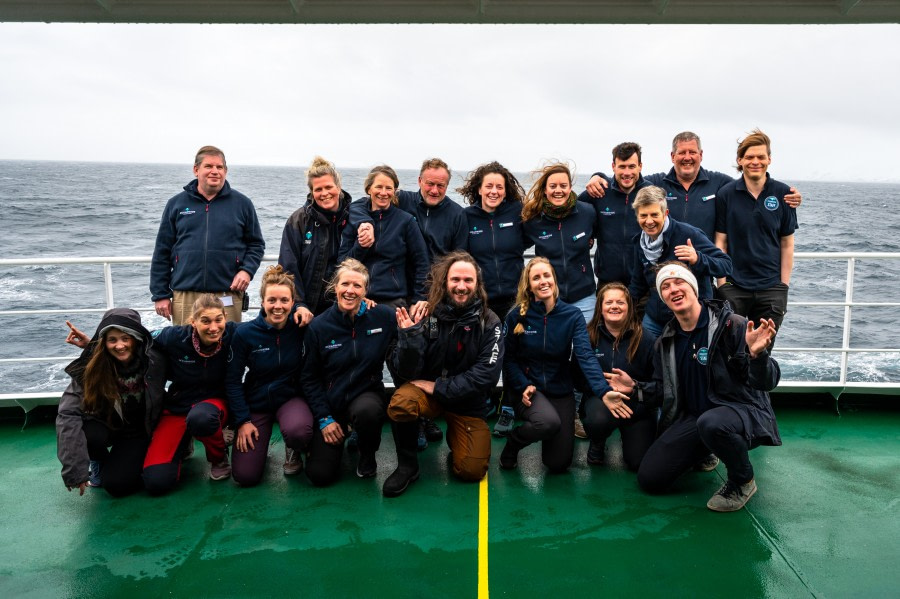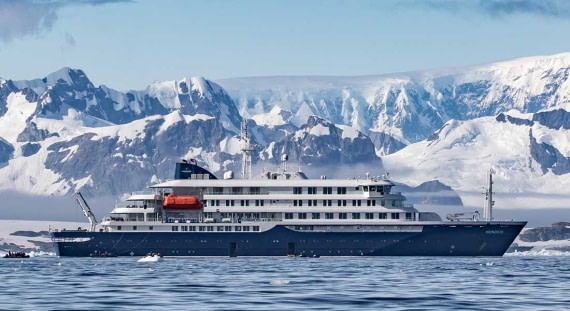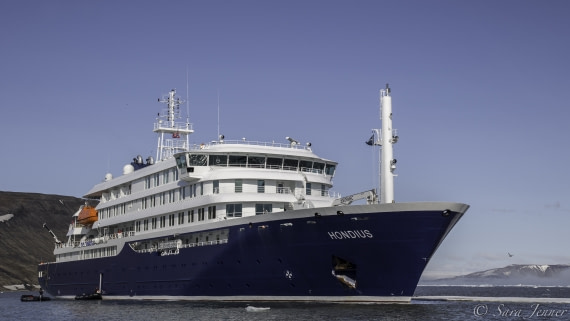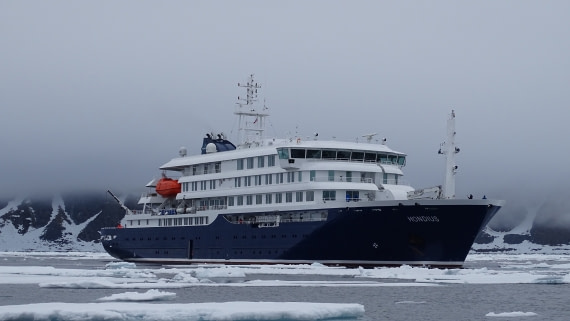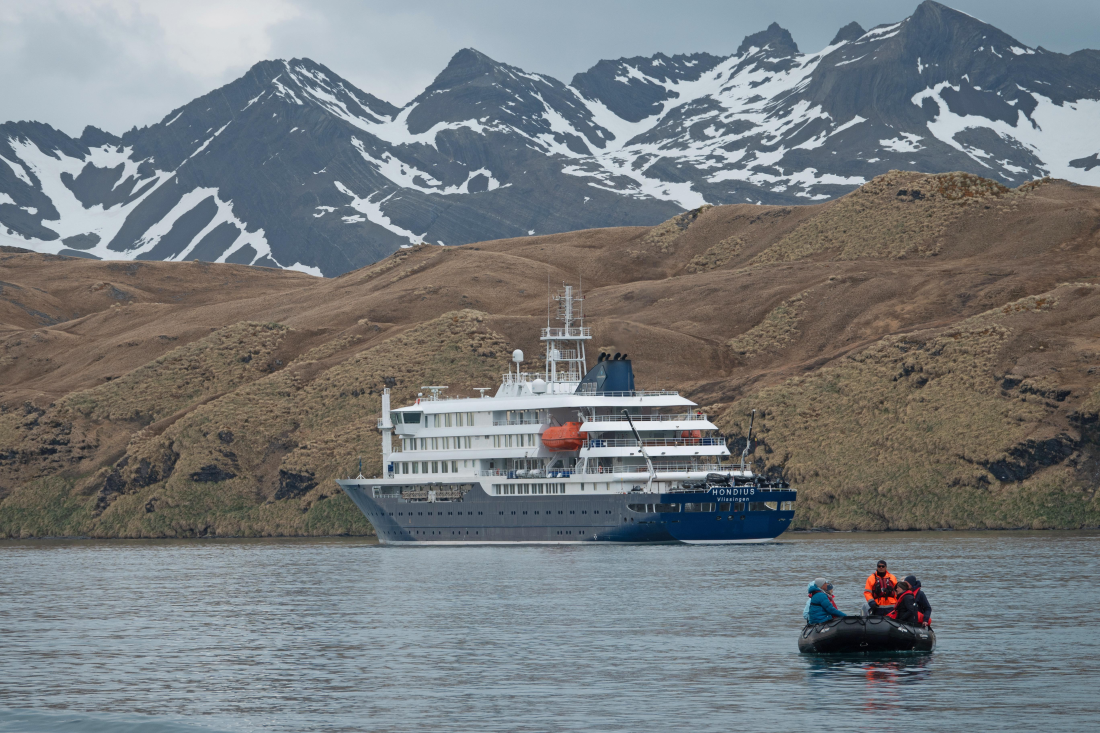| Datum: |
14.01.2023 |
| Positie: |
56°43.9’S / 38°22.7’W |
| Wind: |
NW 4 |
| Weer: |
Overcast & Fog |
| Luchttemperatuur: |
+3 |
After a very busy, packed last day in South Georgia, it was a quiet morning on board Hondius today. After some very early starts, many were happy to know that there was no wakeup call this morning. We were all treated to a lie in until 0800, when Michael announced that breakfast was ready and waiting! Considering the forecast Pippa mentioned at last night’s recap, today was surprisingly calm, with a steady 20-25kn wind and a smooth 1-2 meter swell. However, there was low visibility, with a thick sea fog surrounding us, reducing our visibility to just over 1nm at times.
The first activity of the morning was a lecture by Lothar, ‘Wonders of the Southern Sky. He showed images of constellations, open clusters, globular clusters, nebulas, and galaxies only visible on the southern hemisphere where we look into the direction of the centre of our galaxy. Including the nearby star Alpha Centauri and the Southern Cross with the dark dust cloud “Coal Sack”. Some of the presented objects are visible with the naked eye, others with binoculars or larger telescopes.
After yet another delicious lunch provided by the wonderful crew, the expedition team set up a film in the lounge, with the extra bonus of fresh popcorn! The documentary was all about Shackleton’s famous expedition to the Antarctic, the Imperial Trans-Atlantic Expedition of 1914-1917.
During the documentary, the fog began to lift and so after it finished, many of us went up to the bridge and the outside decks to look out for seabirds, whales and ice! And soon, on the edge of the fog, we spotted the first icebergs, just about visible through the fog! Shortly after, we saw our first tabular iceberg of the trip, 4nm off our port side! A beautiful chunk of ice, roughly 1.5 km in length and approximately 40 meters high! Of course, with more eyes on the water, we began to spot more ice on the horizon, all shapes and sizes, but none quite as impressive as our first tabular block. The seabirds were also making an appearance, mainly shearwaters, prions and a handful of black-browed albatross.
Next on the agenda was the most appropriate lecture of all, the journey of iceberg A-76A, presented by Carina. During her lecture, she described the ice-shelves around the Antarctic Peninsula, how they form icebergs and how they are transported around the Southern Ocean. Carina focused on A-76A, the famous iceberg that broke free from the Larsen iceshelf in November 2020 and slowly drifted towards South Georgia, but luckily changed courses and is now drifting in the Drake Passage.
Finally, it was time for our daily recap which hosted by several of the expedition team, talking about the King Penguin cycle, Tussac Grass and a short video of our landing at St Andrews Bay.
